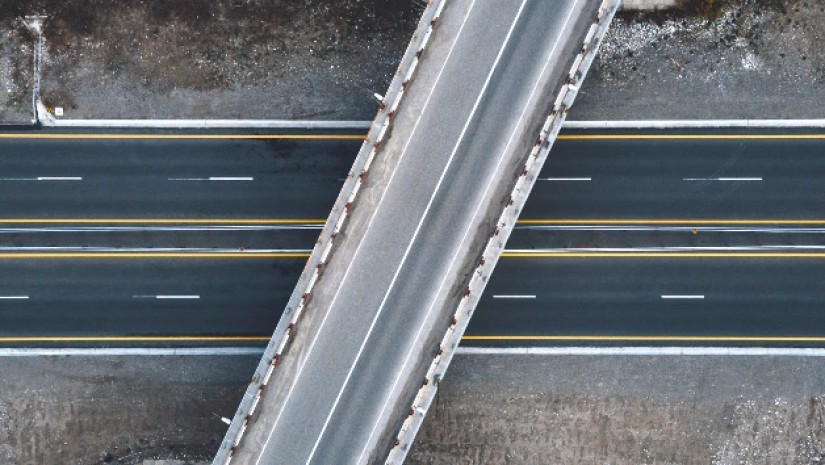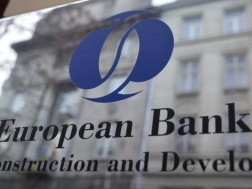The route through Armenia is a significant alternative for Iran to gain quick access to the Black Sea. This was stated by the Iranian Ambassador to Armenia, Mehdi Sobhani, during a conversation with journalists on July 5.
According to the ambassador, this route does not replace other paths leading from Iran to the Black Sea but complements them. However, the road through Armenia shortens the travel time by two days.
Sobhani reminded that construction work has already begun on the Agharak-Kajaran section of the "North-South" road corridor passing through Armenia. "A tender for the construction of the Kajaran tunnel will be announced soon, after which construction of the road to Sisian will begin," he added.
Earlier, BMG reported that on May 8, the Armenian government approved a loan agreement for 236 million euros for the construction of the southern section of the North-South highway.
The total amount of loan funds is about 373 million euros, of which 236 million euros are planned to be allocated by the EBRD. The road section will bypass the settlements of Lernadzor, Geghi, and Nor Astghaberd in Kajaran and approach the exit of the Bargushat tunnel. This section will also include the construction of five small tunnels and 11 bridges.
The construction of this section is scheduled to be completed by 2030, with an additional two years allocated for defect correction.
"North-South" is the largest investment transport project in the history of independent Armenia. It began construction in 2009 with the aim of connecting the south of the country with the north. This will create an international transport corridor providing uninterrupted transportation of goods from the Persian Gulf to the Black Sea.
Currently, the country's territory with a population of three million is crossed by road transport on average in 11 hours. The new 556-kilometer corridor is expected to halve this time.
Despite the project's importance for Armenia, "North-South" is being built very slowly. The construction of the highway was supposed to be completed by 2019, but so far only 5-6% of the route's length has been put into operation.
Authorities hope to complete the highway construction within 8-9 years.
















